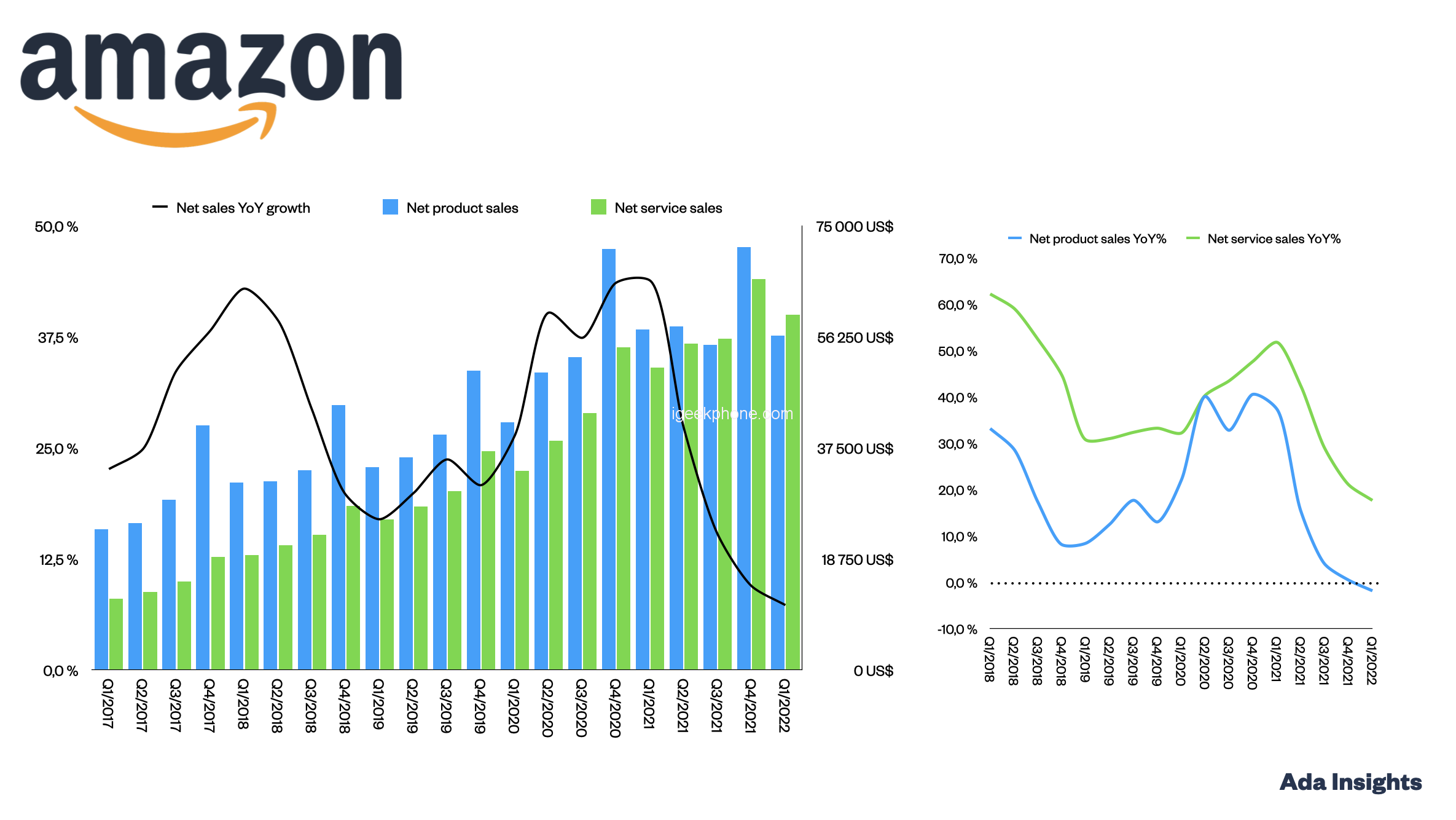Recently, Amazon sellers have been experiencing a significant decline in sales, causing confusion and worry among them. In order to understand the factors behind this decline, it is crucial to analyze both internal and external elements that contribute to the decrease in sales volume on the platform.
Internal factors play a substantial role in the decline of sales on Amazon. One key factor is decreased product exposure and ranking. When a product’s exposure and ranking decline, it leads to a decrease in traffic and subsequently results in fewer orders. Amazon allocates traffic based on the performance of products, meaning that if a product underperforms, traffic will be redirected to better-performing products. To address this issue, sellers should promptly identify the decline in product exposure and take immediate corrective measures. These measures may include lowering product prices, increasing product reviews, and boosting advertising bids to generate more traffic.
Another internal factor contributing to the decline in sales is product complaints. If sellers receive numerous complaints about their products, Amazon may apply invisible downgrades to their listings. These downgrades can result in a decrease in order volume, traffic, and the Best Sellers Rank (BSR). To overcome this challenge, sellers should swiftly address the complaints, make necessary amendments, and file appeals. Additionally, implementing strategies such as price reductions, review generation, and increased advertising bids can help sellers regain traffic.
The evaluation of products also plays a role in the decline of sales. Although Amazon may not explicitly pursue manipulation of product reviews, they may downgrade products if they suspect the use of insecure buyer accounts to manipulate reviews. To combat this issue, sellers should utilize high-quality buyer accounts, focus on leaving ratings instead of comments, and consider joining Amazon Vine to access safer and more reliable product evaluations.
Performance score deterioration is another internal factor that affects product sales. Indicators such as timely response to emails, Order Defect Rate (ODR), and increased refund rates can impact product performance. If the performance score is poor, Amazon will reduce the ranking and traffic of the product, and in severe cases, may suspend its sale. Sellers should strive to improve performance ratings by promptly responding to emails and focusing on product quality to reduce return and exchange rates.
Out-of-stock problems can have a devastating impact on sales. Frequent stockouts lead to unsustainable sales. To tackle this issue, sellers should optimize inventory management to ensure a stable supply of products. Accurate sales forecasting, efficient inventory planning, and timely replenishment are crucial to avoid stockouts.
Negative reviews have a significant impact on the decline of sales. They can quickly discourage potential customers and lead to a decrease in orders. Sellers should actively work on increasing positive reviews and addressing negative reviews in a timely manner. This can be achieved through communication with customers, issuing refunds, deleting negative reviews, and seeking assistance from service providers to remove negative reviews.
Furthermore, a traffic bottleneck on the Amazon site can contribute to the decline in sales. With the growing number of sellers, there is limited traffic available. Amazon tends to prioritize traffic allocation to top sellers and those with higher advertising bids. To overcome this challenge, sellers should consider increasing discounts, conducting off-site promotions, and uploading more Amazon celebrity video buyer shows to enhance conversion rates.
External factors also play a significant role in the decline of Amazon sales. One such factor is the impact of the volume king, Temu. Temu’s popularity is increasing overseas, attracting a substantial wave of traffic. Amazon is facing the challenge and impact of Temu’s low-price strategy, especially for sellers of standard products. This creates significant pressure for sellers in the future.
Improper advertising can also contribute to a decline in sales. While advertising is essential for increasing product exposure and attracting traffic, improper placement and execution can lead to poor advertising effectiveness. Issues such as inaccurate advertising positioning, improper keyword selection, and low advertising budgets can negatively impact sales. Sellers should optimize their advertising strategies by precisely selecting keywords, adjusting advertising positioning and budget, and improving advertising quality and click-through rates. Regular monitoring of advertising effectiveness, data analysis, and adjustments are necessary to ensure advertising is performing effectively.
Changes in consumer demand can also impact sales on Amazon. Products that do not align with market trends and consumer needs will experience a decline in sales. Consumers are increasingly inclined toward novel, innovative, and high-quality products. Sellers should closely monitor market changes and consumer demands to drive product innovation and improvement, ensuring their offerings align with market needs.
In conclusion, the decline in sales on Amazon can be attributed to various factors, both internal and external. Sellers need to employ appropriate countermeasures to address these challenges effectively. This includes optimizing product exposure, improving product performance and review scores, strengthening inventory management, implementing precise advertising strategies, and continuously innovating and improving products to meet evolving market demands. By taking these measures, sellers can work towards reversing the decline in sales and achieving sustained success on the Amazon platform.
Do not forget to follow us on our Facebook group and page to keep you always aware of the latest advances, News, Updates, review, and giveaway on smartphones, tablets, gadgets, and more from the technology world of the future.









